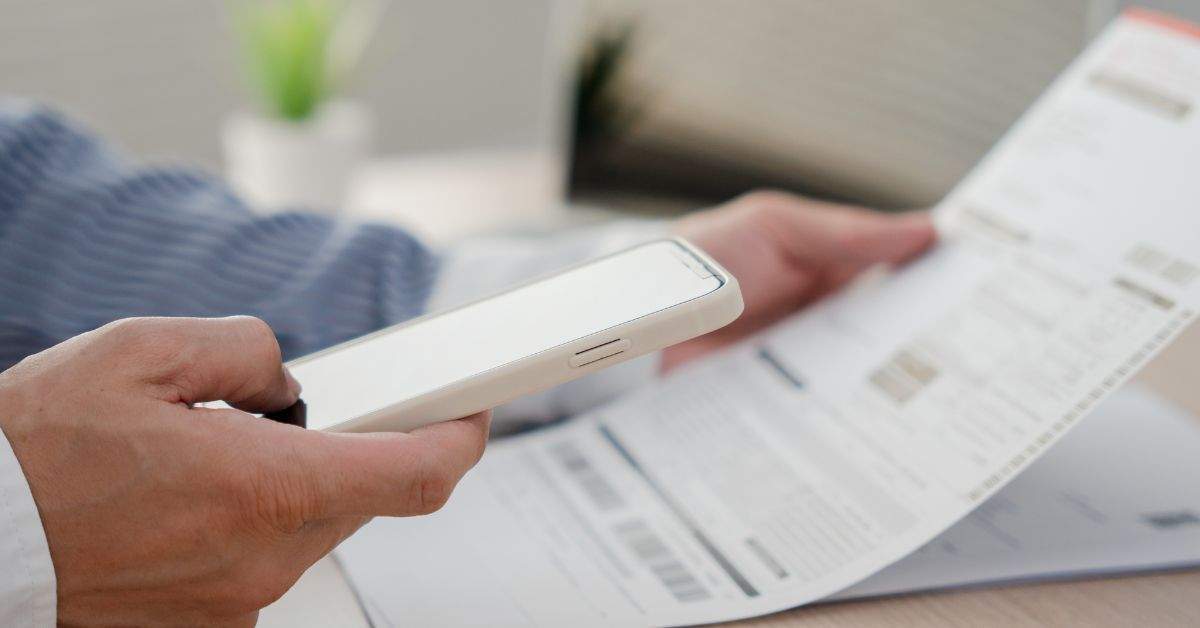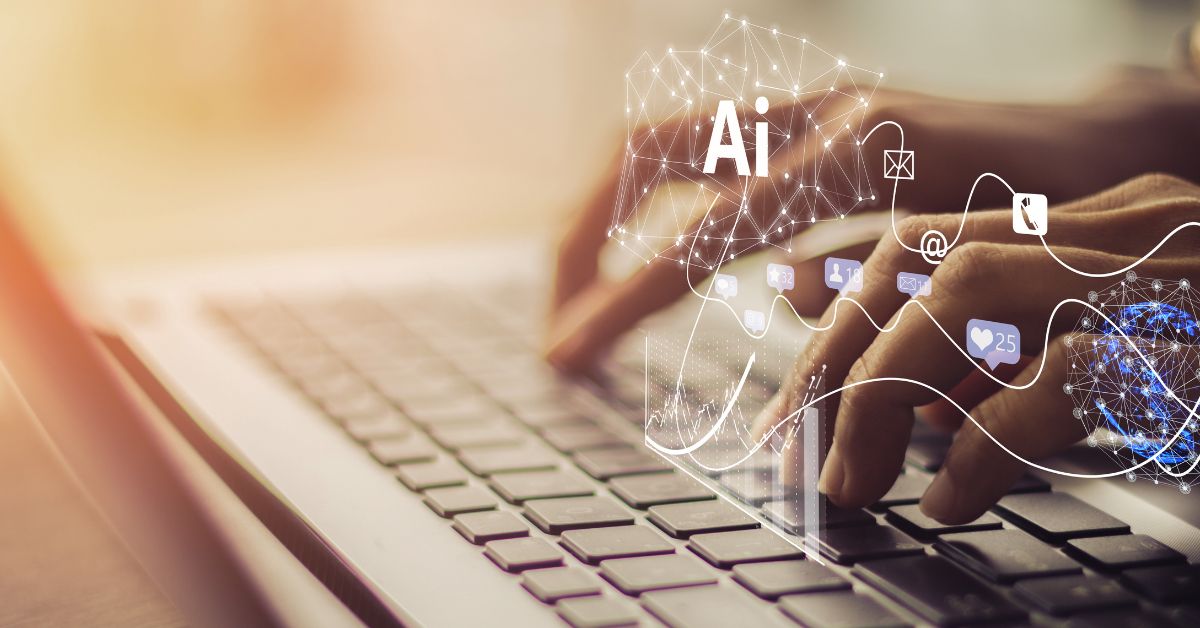Need to scan a document to a PDF on your phone? You’re no alone; one of the difficulties of working at home is the absence of office equipment we typically take for granted, such as a scanner.
So, what are your options if you have a document that you need to scan?
Good news! You almost certainly have the solution nearby. Did you know that you can use the camera on both Apple and Android smartphones to quickly and easily create PDFs from printed documents?
In this article, we’ll tell you about how to create PDFs using native apps on an iPhone or Android device, as well as two apps that you can download to accomplish the same task.
Document scanning apps
To scan a document to a PDF on your phone, you’ll need an app.
Document scanning apps can be categorized as official (first-party) or third-party apps, each with its own set of advantages and disadvantages.
Official scanning apps developed by operating system creators like Apple and Google offer seamless integration with the platform, great security, and a consistent user experience.
These apps are readily available through official app stores, receive regular updates, and may offer unique features tied to the operating system.
On the other hand, third-party scanning apps offer greater flexibility across devices and advanced options.
They often include features like Optical Character Recognition (OCR), cloud integration, advanced editing tools, and cross-platform compatibility.
These apps can be specialized for specific use cases and may integrate with third-party services, expanding your document management capabilities.
The customization and tailored experience offered by third-party apps make them attractive to users with diverse scanning needs and preferences.
Many users find a combination of official and third-party apps to be the ideal solution for their document scanning and management requirements, depending on the specific tasks at hand and their preferred workflow.
Scan a document to a PDF on your phone
Let’s take a look at the methods you can use right now on your phone to scan physical documents into PDF format easily using dedicated and third-party apps.
iPhone (Notes)
Since 2017, Apple has provided a scanner right within the Notes app. This app—which is free and on every iPhone by default—can, with a little know-how, create PDFs using your camera in just a few touches.
- Open the “Notes” app on your iOS device.
- Create a new note or select an existing note where you want to save the scanned document.
- Tap the “+” button (or the camera icon) within the note. This will open a menu with various options.
- From the menu, select “Scan Documents.” Your device’s camera will activate.
- Position your device’s camera over the document you want to scan. Make sure the document is well-lit and visible in the camera frame. Your device will automatically detect the document and highlight it.
- If necessary, you can adjust the scan boundaries by dragging the corners of the highlighted area.
- Tap the capture button to take a picture of the document. You can continue to scan additional pages if your document has multiple pages.
- Once you’ve scanned all the necessary pages, tap “Save” or “Done.”
- You’ll be presented with the scanned pages in a gallery view. You can rearrange or delete pages if needed.
- To save the scanned pages as a PDF, tap “Save PDF” or “Create PDF.” You can then choose a name for the PDF file and select the location where you want to save it.
- Your scanned document is now saved as a PDF within your note.
- To access the PDF, simply open the note where you saved it, and you can view or share it from there.
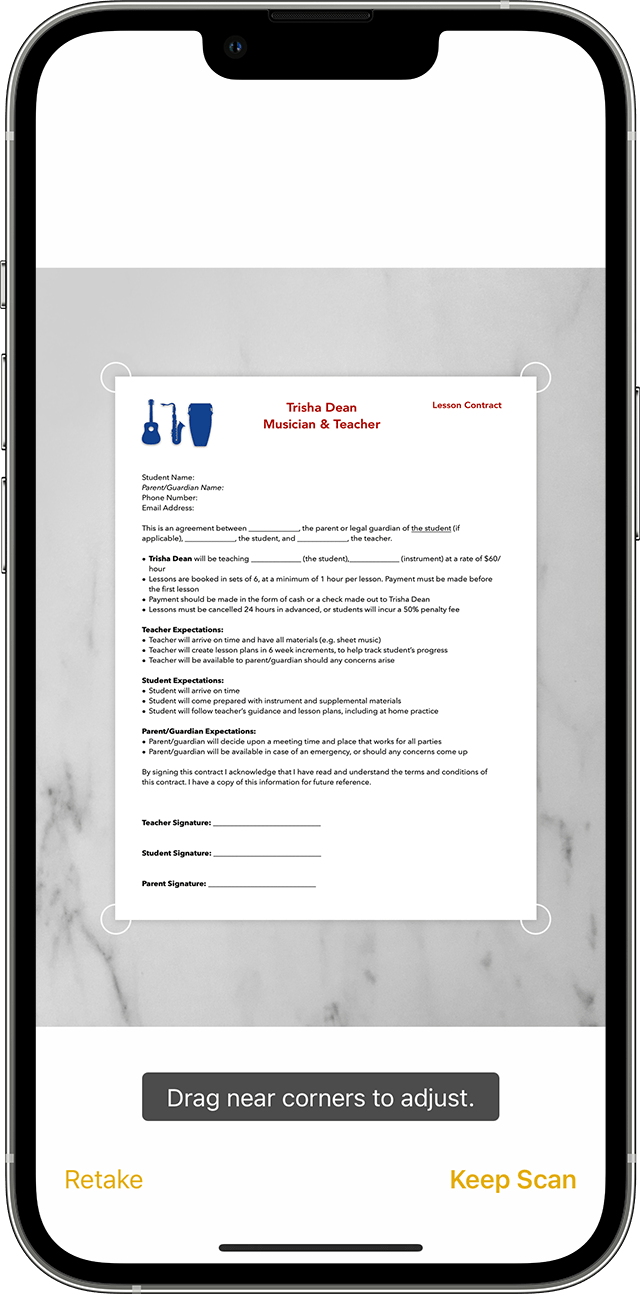
Google Drive (Android)
Phones that run on Android also have a simple, built-in way to create PDFs using the camera.
Note that iPhones do not have the ability to scan with Google Drive.
- Open the Google Drive app on your phone. If you don’t have it installed, download it from your app store.
- Tap the ‘+’ button in the lower-right corner and select “Scan.”
- Position your phone’s camera over the document you want to scan. Make sure the document is well-lit and visible in the camera frame.
- The app will automatically detect the document and take a picture. You can adjust the scan boundaries if needed.
- Continue to scan additional pages if your document has multiple pages.
- Once you’ve scanned all the pages, tap the checkmark or “Save” to create a PDF file. You can name the file and choose a destination folder in Google Drive.
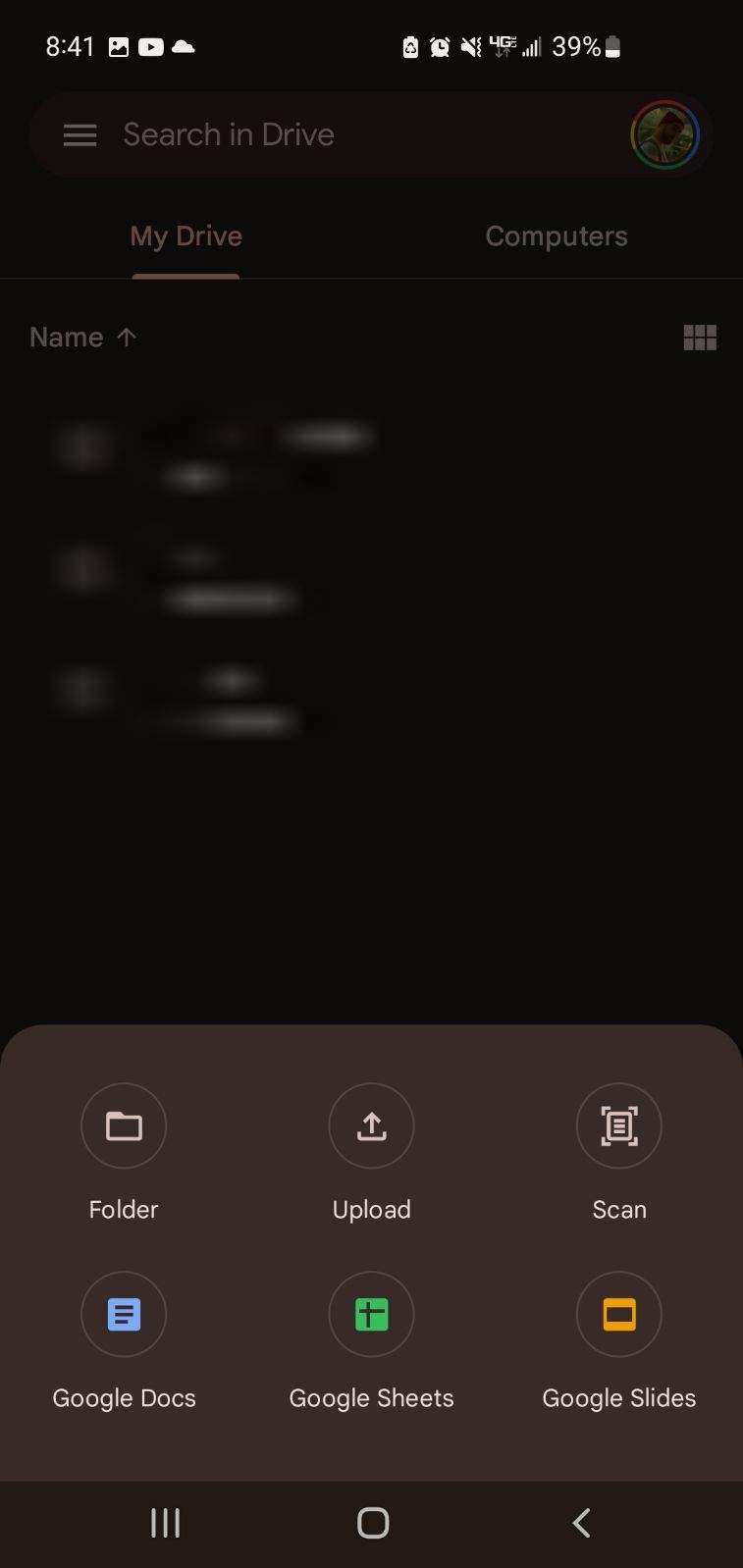
Adobe Scan
Adobe Scan is available as a free app for both iPhones and Android devices. It is an excellent option if you want a little more functionality than the native options above without getting too complicated.
- Download and install the Adobe Scan app from your device’s app store.
- Open the Adobe Scan app and sign in or create an Adobe ID if prompted.
- Position your phone’s camera over the document you want to scan.
- The app will automatically detect the document and take a picture. You can adjust the scan boundaries if needed.
- Continue to scan additional pages if necessary.
- Once you’ve scanned all the pages, tap “Save PDF” to create a PDF file. You can name the file and save it to your device or a cloud storage service.
The app uses auto-cropping and image cleaning, so it creates a higher-quality scan than the native apps.
The app has a text-recognition (OCR) feature built-in, particularly useful if you’re scanning filings for your court filing, which must be text-searchable.
It will automatically store your scans in the Adobe Document Cloud, so this is a particularly convenient option if your firm uses the desktop Adobe Acrobat software.
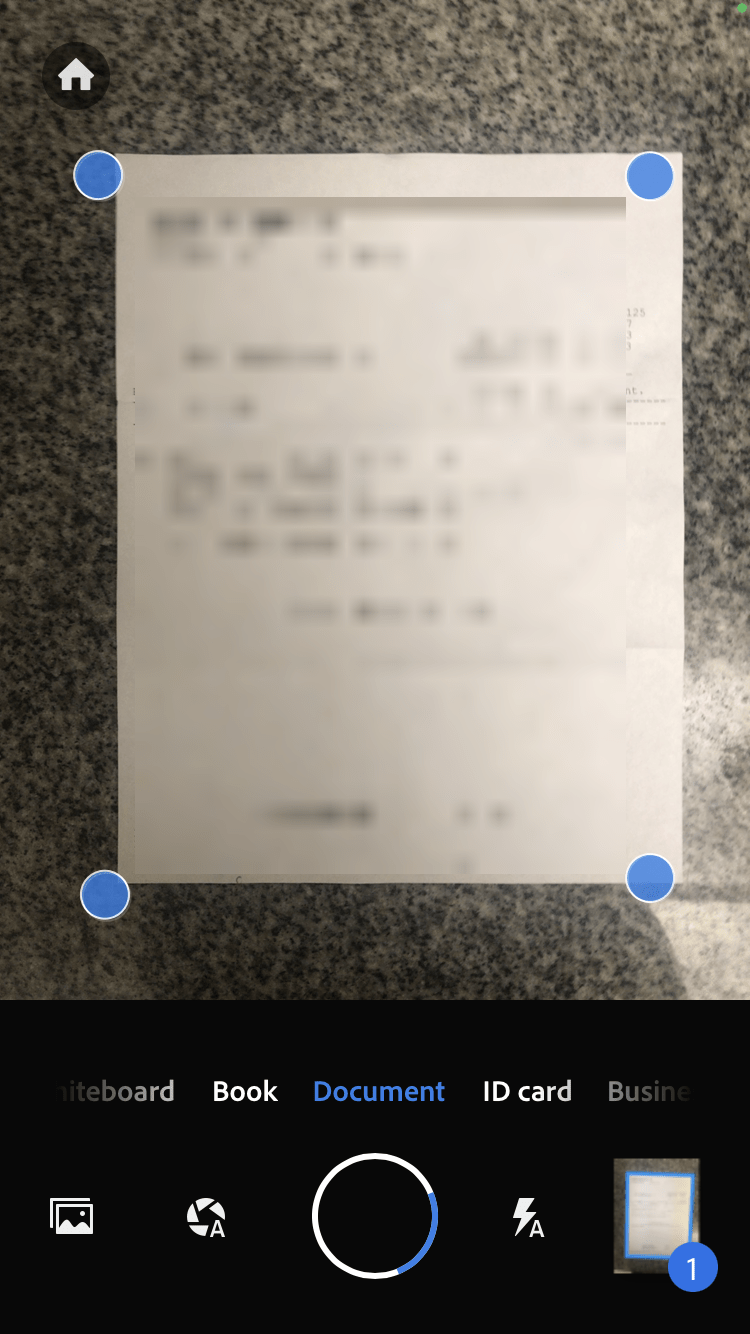
Microsoft Lens
If you spend more of your time working in the Microsoft Office suite than in Acrobat, then Microsoft Lens might be a better choice. Like Adobe Scan, it’s free to download on both iPhones and Android devices.
- Download and install the Microsoft Office Lens app from your device’s app store.
- Open the Office Lens app.
- Position your phone’s camera over the document you want to scan.
- The app will automatically detect the document and take a picture. You can adjust the scan boundaries if needed.
- Continue to scan additional pages if your document has multiple pages.
- Once you’ve scanned all the pages, tap “Done” or “Save” to create a PDF file. You can name the file and save it to your device or a cloud storage service.
If you’re using OneDrive or Microsoft 365, you’ll be invited to connect your account to store your scans in the cloud. As with Adobe Scan, the app also comes with text recognition capability as standard.
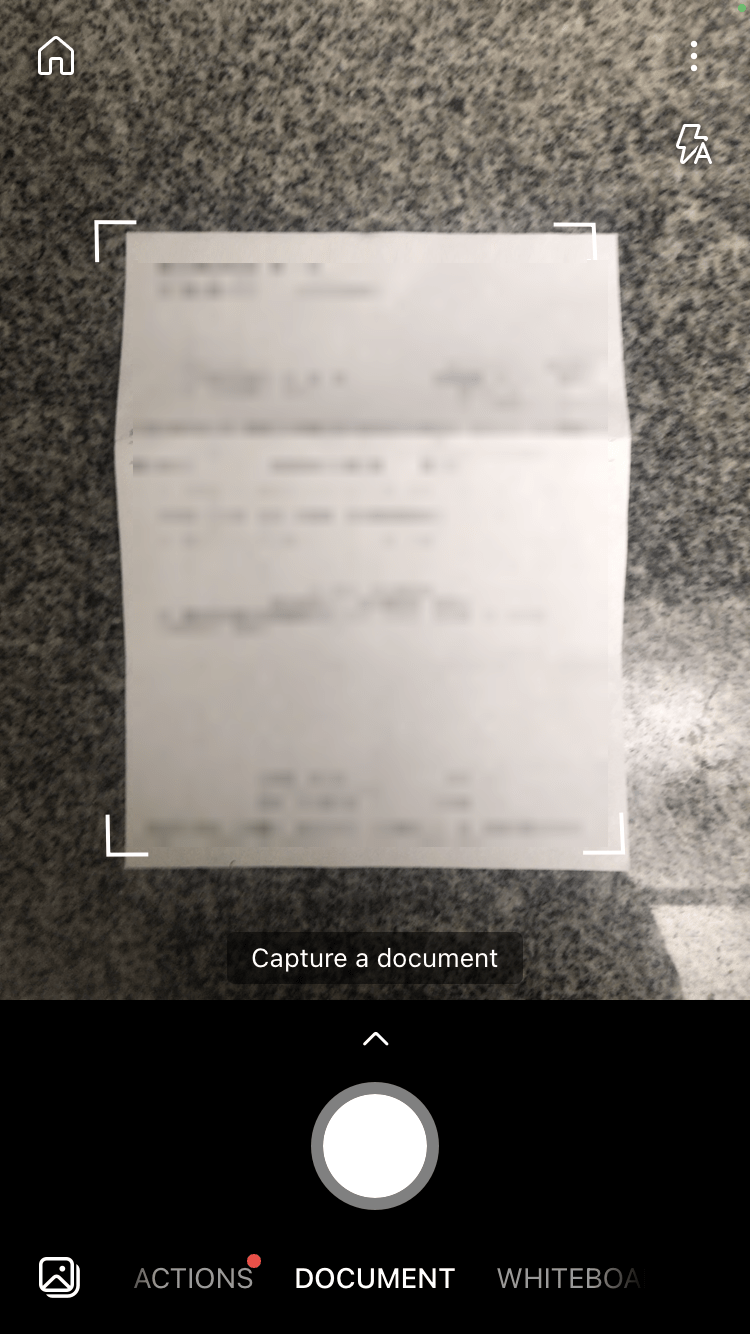
Getting the document from your phone to your computer
Now that you can scan a document to a PDF on your phone, you’ll often (e.g., if you’re placing an order on One Legal), you’ll need to get your freshly scanned document from your phone to your computer.
To do this, either save the document in the cloud (i.e., Adobe Document Cloud, Google Drive, iCloud, OneDrive) directly from the app and then access it from the browser on your computer.
If you’d prefer not to put the document in the cloud, you could email it or send it to yourself using a messenger tool like Slack or Teams.
If you’re using an iPhone and have an Apple Mac, you can use AirDrop.
The Android equivalent of AirDrop is Nearby Share, which can serve the same function of transferring files from an Android device to a Windows or Chrome OS computer.
If you are using mismatched devices, like an iPhone with a Windows PC or an Android with a Mac, there are no official apps to transfer files, but you may consider using a third-party app like FoneTool or AirDroid, which both serve the same function.
Conclusion
When you need to digitize documents and scan a document to a PDF on your phone. However, there are solutions readily available using the cameras on both Apple and Android smartphones to create PDFs from physical documents.
Official scanning apps developed by platform creators such as Apple and Google offer seamless integration, security, and a consistent user experience. These apps are convenient for those who prioritize compatibility with the operating system and enjoy regular updates.
In contrast, third-party scanning apps provide more flexibility and advanced features. They offer Optical Character Recognition (OCR), cross-platform compatibility, and specialized functionality. These apps cater to a broader range of scanning needs, making them ideal for users looking for customization and enhanced capabilities.
For iPhone users, the native “Notes” app allows for easy PDF creation using the device’s camera. Android users can do the same with the “Google Drive” app. Additionally, third-party apps like Adobe Scan and Microsoft Lens offer advanced scanning features, including OCR and cloud integration, providing high-quality scans and text-recognition capabilities.
To transfer scanned PDF documents from your phone to your computer, options include cloud storage services, email, or file-sharing tools, depending on your specific device and workflow. Overall, these options empower remote workers to efficiently scan and manage documents despite the absence of traditional office equipment.

